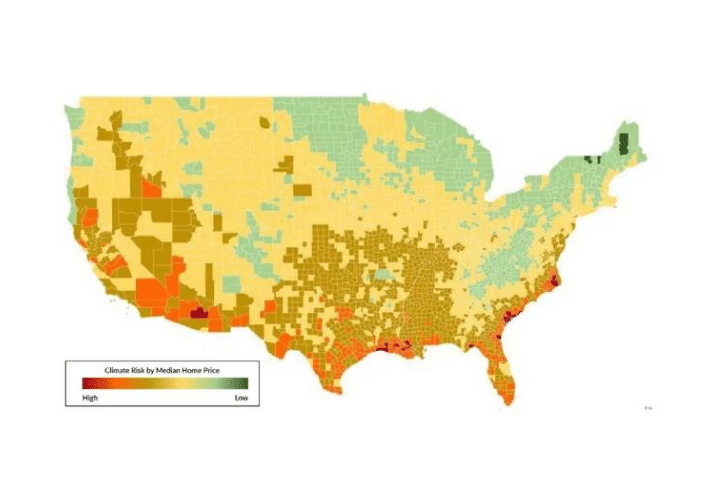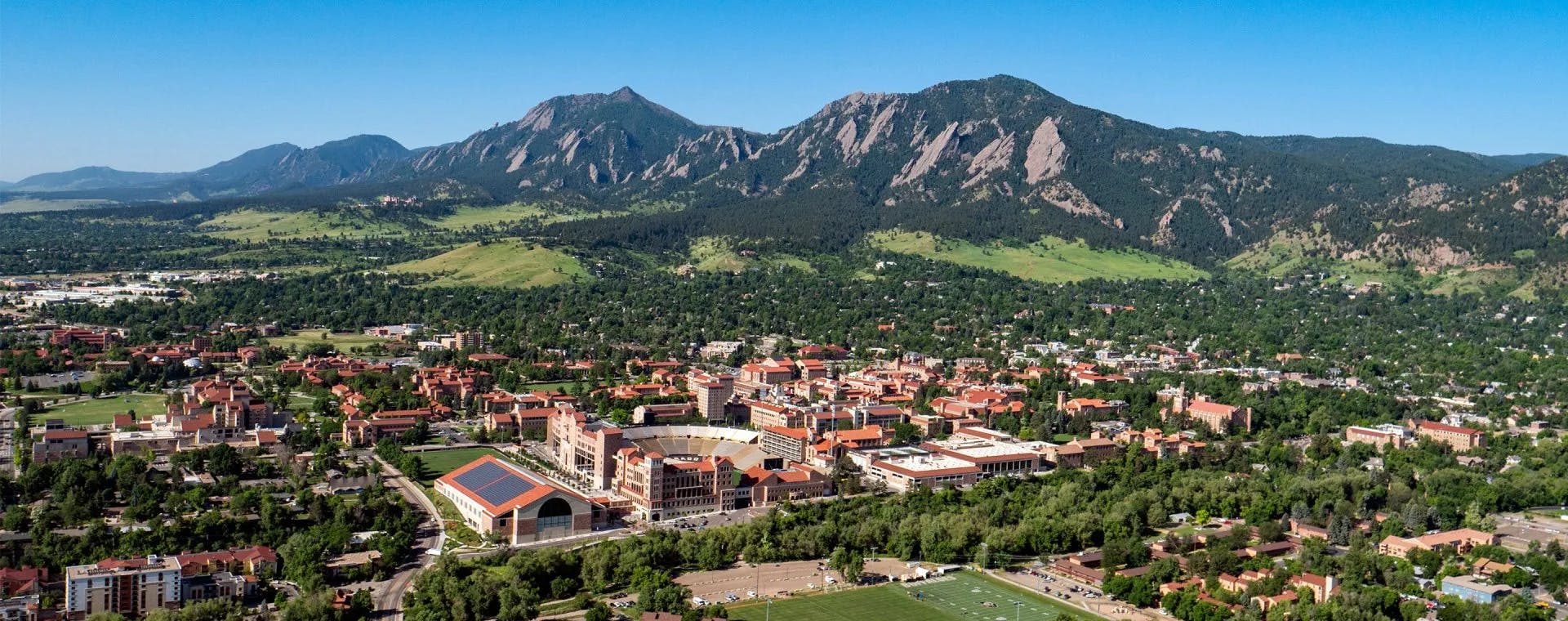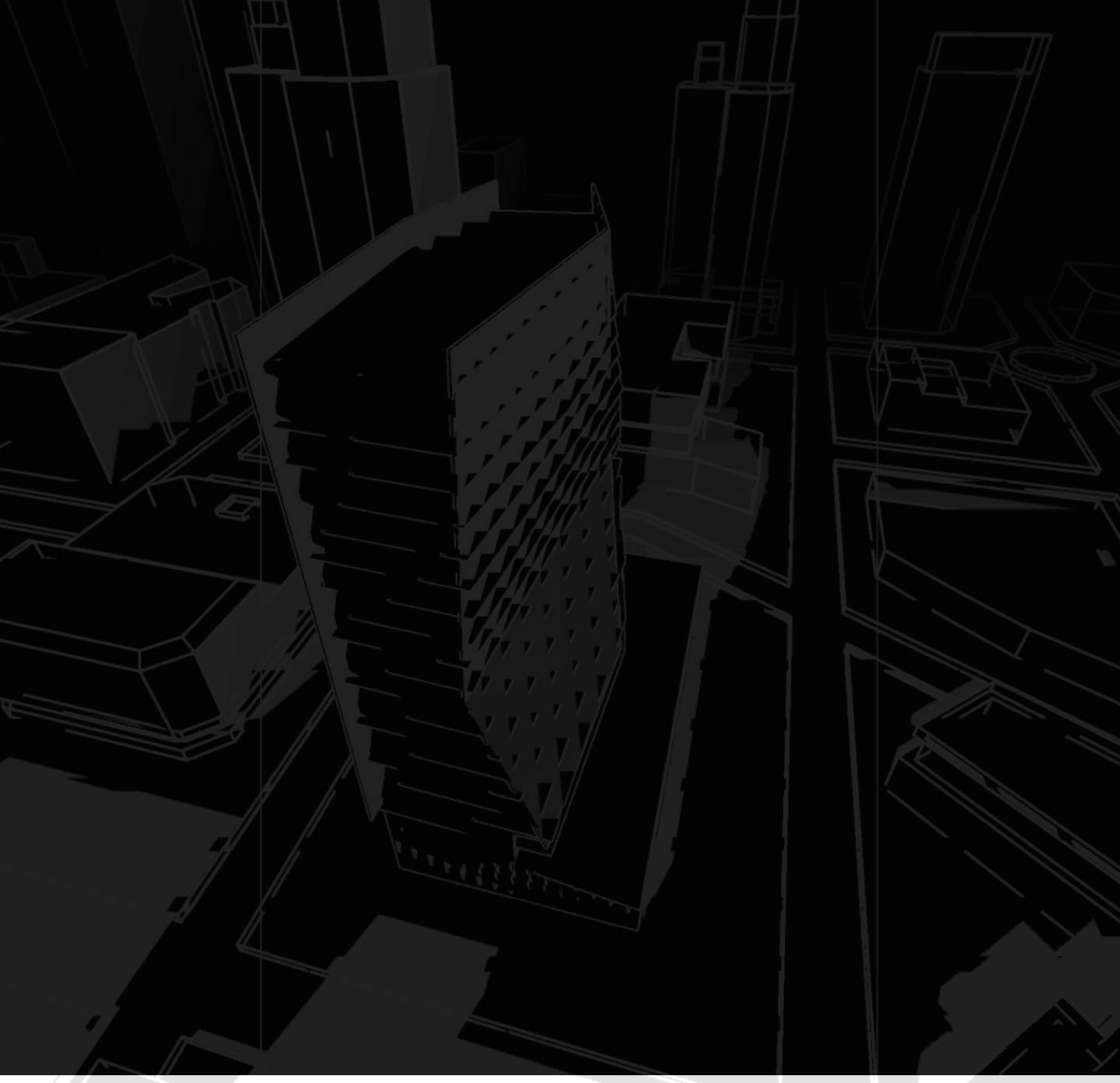The climate is changing.
This is the consensus of scientists across the globe, and despite the deep divisions felt in many areas of the public discourse, the majority of Americans believe that human activities are principally responsible for shifting weather patterns.
While reaching this collective understanding has taken considerable time and effort for climate activists, this still represents a negligible portion of the challenge. The actual mountain ahead is addressing and fighting climate change, by reducing emissions to stave off the worst of its impact.
The affordable housing market in the United States is already being significantly impacted by climate change.
According to a ProPublica article, “New Climate Maps Show a Transformed United States”, once prosperous counties in the U.S. will see a precipitous drop in livability by 2040 due to the pending impact of climate change.
We can expect to see cities such as Boston, New York, and Miami (traditionally economic powerhouses) experience rapidly rising sea levels that upend the status quo. Elsewhere, areas in the northern Great Basin, from Nevada to Mexico, can see an uptick in devastating wildfires and economic damage never before experienced. As climate change intensifies, housing stability will be increasingly under threat.
In this blog post, we outline some of the key climate risks currently facing regions in the U.S., address how these risks are impacting the housing market, and provide helpful tips all stakeholders in the building sector can implement to fight climate change and create a better future.
Key Climate Change Risks to Consider
When looking at various regions across the United States, many factors should be considered to determine climate risks. It’s important to evaluate an area’s likelihood to be impacted by rising sea levels; susceptibility to extreme storms like hurricanes; the possibility of droughts and heatwaves; and the impact on economic activities like agriculture or tourism. Here are three key areas to consider based on the Rhodium Group study:
1 Agriculture
The agricultural systems established across the globe are all based on the typical climate in their region. When climate change impacts expected conditions, whether by expanding warm seasons or altering expected levels of rainfall, the balance required for agriculture changes drastically. Data from the study suggest that rising temperatures and decreased precipitation will force agriculture northwards, requiring vast adjustments for economies dependent on agriculture.
2 Sea Levels
Climate change's most visible impact is likely to be rising sea levels. As average global temperatures rise, glaciers and arctic ice will melt and lead to rising oceans. On island nations, for example, rising sea levels can effectively wipe out entire regions, homes, and economies. As the impact becomes more severe, coastal cities worldwide would likewise experience untold economic damage and displaced citizens. The United Nations has already recognized climate refugees, populations displaced by the effects of climate change, and is providing protection and assistance in helping them increase their resilience to future climate disasters.
3 Wildfires
The link between climate change and wildfires has become tragically apparent in recent years. Particularly in warm and dry climates like California or Australia, woodlands are more likely to see fires spark and spread uncontrollably. Multiple wildfires have ravaged parts of California in recent years, taking the lives of many people and causing billions of dollars in damage by destroying homes and businesses. The study agrees that, in all likelihood, the damage caused by these wildfires would have been mitigated under weather conditions that existed a few decades ago.
Building and Investing in a Climate Risk Environment
Given the risk profiles of various regions in the U.S., architects, engineers, contractors, and real estate investors must pay close attention to climate change in the coming years and the impact it will have on the housing market. In the map below, we took the data published in the ProPublica article and added an additional metric: median home cost.
The map below takes the average of the values included in the data from the study and measures it against the medium home cost across different regions of the U.S. It shows the most economically feasible areas to move or invest in given climate change risk factors, where green indicates the most desirable counties.

Climate-related disasters have become more frequent, exacerbating the affordable housing crisis in many areas throughout the U.S. Housing instability will continue to increase without swift action to reduce carbon emissions across the nation.
Designing for "Passive Survivability"
Many industries have started to plan for worst case scenarios because of the irreparable damaged caused by humans. In particular, system designers are already designing for passive survivability.
This strategy ensures that the most critical systems for life and social functioning are preserved even during extended power or water loss caused by extreme storms or other climate-related events.
In particular, climate-disaster ready housing is becoming top of focus in the buildings sector. Certain regions are more prone to extreme weather conditions, prompting many homeowners and would-be buyers to avoid buying waterfront properties. Other high-risk areas incorporate various climate-resilient designs: self-contained backup power, potable water systems via well, even putting homes on elevated stilts to avoid sea-level rise.
This climate reality is the future that many face. As a result, the building sector must seriously consider the idea that an ‘ounce of prevention is worth a pound of cure’ when it comes to climate resiliency.
Using data to better understand climate conditions can help take much of the guesswork out of this equation. Predictive Weather Files utilize current weather patterns to predict climate conditions decades from now, whether 20, 50, or even 80 years from today. WeatherShifts is another tool looking into the future of climate change, relying not on a crystal ball but on data, science, and proven forecasting methods. These tools can be helpful for all players in the building sector to determine the best course of action based on predicted outcomes.
While we're a bit too far gone to avoid the consequences of climate change entirely, we can still act to prevent the situation from worsening. Implementing sustainable strategies and using data to inform building design and construction decisions will help all stake holders in the building sector to be more intentional in building communities that are affordable, energy efficient, and climate resilient.




